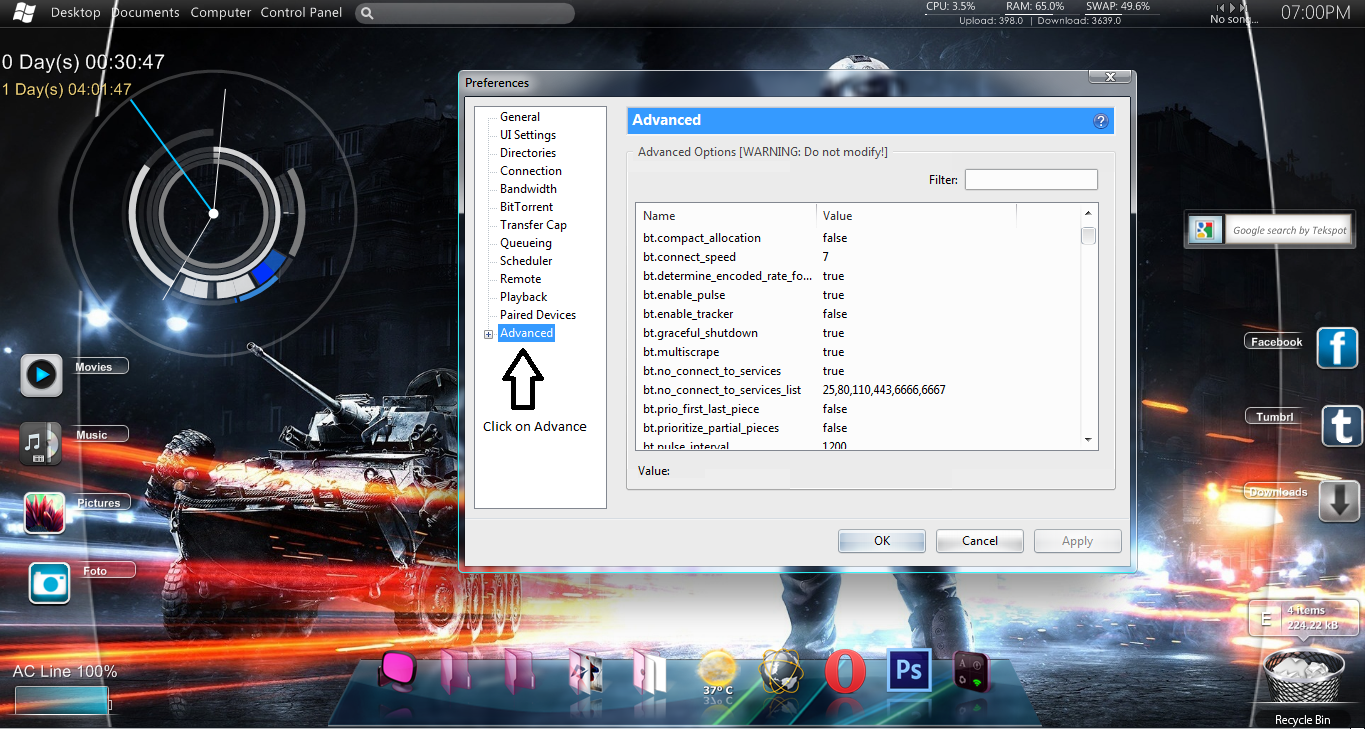

- #CLICKREPAIR BEST SETTINGS FULL#
- #CLICKREPAIR BEST SETTINGS PC#
- #CLICKREPAIR BEST SETTINGS PROFESSIONAL#
- #CLICKREPAIR BEST SETTINGS SERIES#
The Low Latency Mode (which is available for all 900 series and newer cards) reduces the overall system latency between the user and the game.
#CLICKREPAIR BEST SETTINGS PROFESSIONAL#
NVIDIA has recently unveiled their Reflex Low Latency platform to aid gamers with that, and given the fact that their GPUs are used by almost all professional players we thought it would be a good idea to add a small section to this guide on the tech. NVIDIA Reflex Low Latency TechnologyĪs we've explained already, lowering the overall system latency of your setup is one of the primary goals when you're playing at a competitive level.
#CLICKREPAIR BEST SETTINGS FULL#
If you’re interested in the GPU side of things you can read the full guide here. The RTX 3080 is currently the most powerful graphics card in our article, so if you want the absolute maximum amount of frames you can go for that, though that one's obviously not a budget card. You can see the three most popular cards (along with the expected average fps they’ll produce on our recommended settings) to the right. We’ve been analyzing what systems and graphics cards the professionals are using. Someone who’s gaming at 60 frames per second will experience end to end latencies between 55 and 75 milliseconds while someone who’s gaming on a rig that’s pushing 240 frames per second has a latency between 20-35 milliseconds (regardless of what kind of display you’re hooked up to). Getting a high framerate is pretty much essential if you’re looking to play games at the competitive level, not only because you’ll want to be running a 144Hz (or higher) monitor to get that smooth image but also because of the fact that higher framerates give less input latency. Regardless professional gamers are always out to get the most fluid experience possible, which is why almost every professional (in every game) that we've analyzed is using a monitor that's capable of pushing at least 144 frames per second and a system with a dedicated graphics card that push enough frames to said monitor.
#CLICKREPAIR BEST SETTINGS PC#
There's no need to have a state of the art 240Hz gaming monitor if your PC is only pushing 40 frames per second to said monitor. Do be wary that in order to get the best out of a higher refresh rate monitor you'll want to make sure that your PC can handle pushing the required amount of frames. We've been saying it for a while now, but if you ask us (and the overwhelming majority of professionals that we analyze) 144 frames per second is the current minimum standard for competitive gaming refresh rates.Įntry-level 144Hz monitors are getting cheaper and cheaper, and something like the BenQ Zowie XL2411 is an ideal esports monitor for people on a tighter budget.

Whatever works best for you will depend on your FOV settings and on what type of scope you like to use the most, but for most people the 'sweet spot' for approximating a true 1:1 conversion seems to be between 1.2 and 1.5. It's a good starting point to go for, but if you want your ADS sensitivity to more closely match your hipfire sens we can recommend experimenting with values between 1.2 and 1.5. Most pros opt to leave their ADS sensitivity at 1. We do hope that Respawn (the developers of Apex Legends) add in different sensitivity sliders for each different level of zoom, but for now we'll have to make do with that we've got. To further complicate the issue there's a variety of different scopes with different zoom levels in the game as well. In other words aiming down the sights of your gun means that your aim is slowed down a bit if you've set the ADS sensitivity to 1. A lot of people note that aiming down sights somehow feels 'off' in this game, and that's because setting the ADS sensitivity to 1 in the game doesn't mean that your ADS sensitivity matches your hipfire sensitivity 1:1. The ADS (Aim Down Sights) sensitivity in Apex Legends is a bit of an odd one.


 0 kommentar(er)
0 kommentar(er)
